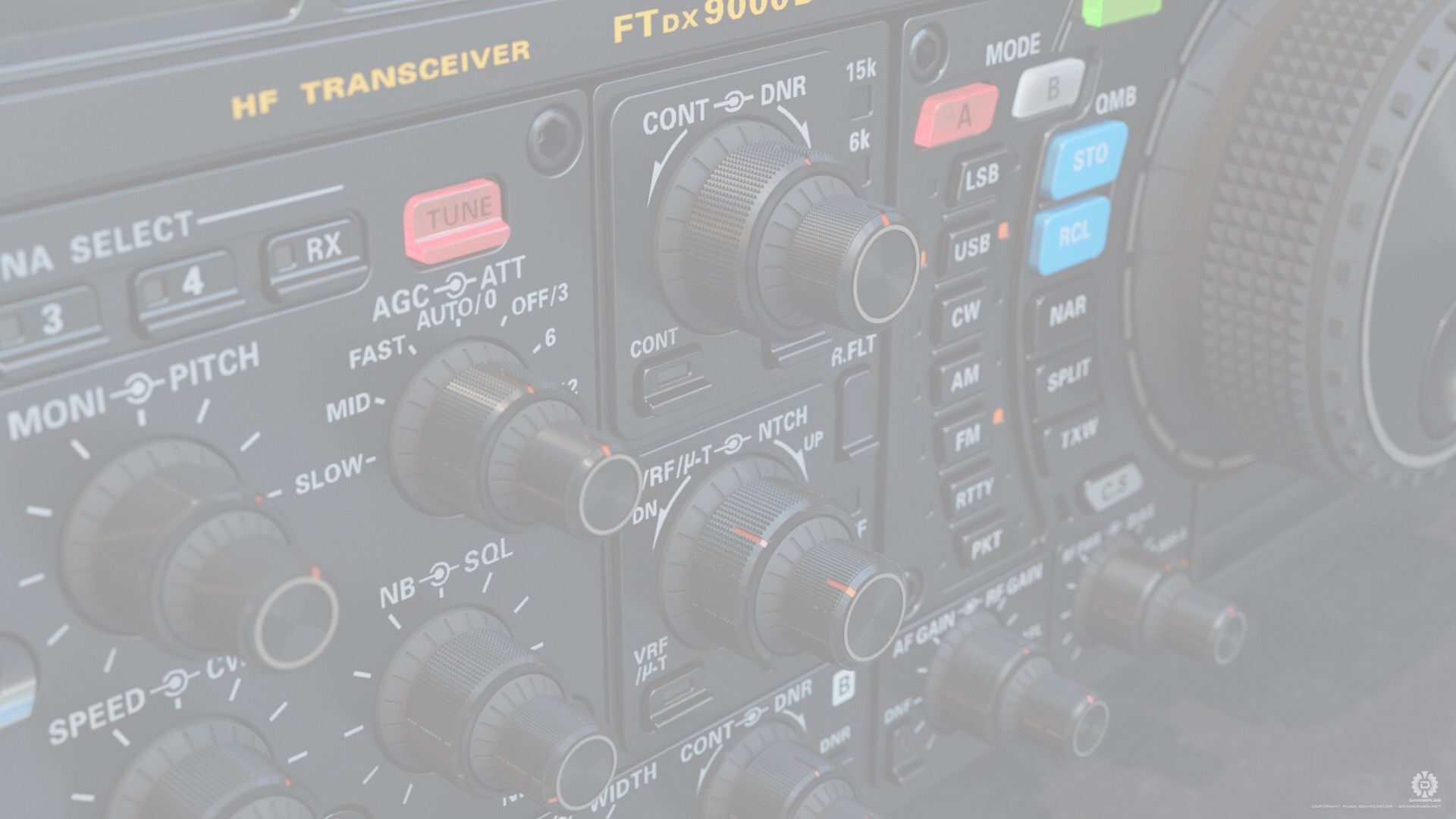Raspberry Pi 5 is here!
- Sep 29, 2023
- 3 min read
Hi Members,
You may be wondering why I have added a item such as this new Raspberry Pi 5, well these are used for making Amateur Radio Hot Spots which then can run the Pi-Star software, for use when connecting to the digital world such as DStar, DMR etc etc etc..
They are small yet powerful mini computers and can be used for all sorts of electronic and computer applications.
Here are details from Core Electronics..
We have an absolutely huge announcement, the most popular single-board computer is getting an upgrade! That's right, Raspberry Pi 5 is here and we managed to get our hands on one and have put it through it's paces - check out our RPi 5 review video on YouTube (highly recommended!).
We also have a video for those interested in RPi 4 vs 5 benchmarks.
Stock is expected in the coming weeks; sign up on either the 8GB or 4GBproduct page to be notified the moment happens.

The CPU has been treated to level-up with the 64-bit quad-core Arm Cortex A76 processor clocking in at 2.4GHz, this gives the Pi 5 a 200-300% increase in CPU performance compared to the previous generation. Peep pixels for days with the 800MHz VideoCore

VII GPU, providing dual 4Kp60 display output over HDMI with HDR support. I hope you like taking pictures because the Raspberry Pi Image Signal Processor has been overhauled featuring speeds up to 1 Gigapixel per second, providing exciting new applications for consumers and industry alike.

Peripheral performance and functionality has seen a mighty boost thanks to Raspberry Pi's first in-house built silicone on a full-size Pi. The RP1 "southbridge" handles the majority of I/O for the Raspberry Pi 5 with some pretty impressive qualifications. Transfer speeds will see an improvement with combined USB bandwidth more than doubling.

Peak performance over SD card has doubled with the support for SDR104 high-speed mode. Gone are the old CSI and DSI MIPI interfaces of the Pi 4, replaced with 4-lane 1.5Gbps MIPI transceivers that are interchangeable, allowing any combination of two cameras or displays. The icing on the cake however, a single-lane PCI Express 2.0 interface, opening the possibilities with support for high-bandwidth peripherals.

Not to mention the onboard Power Management IC is hiding a few tricks up its sleeve. USB PD is now enabled which is just in time for the new 27W USB-C PD Power Supply which provides the Pi 5 with 5.1V/5A. A real-time clock (RTC) is now onboard powered by an external battery, and how can we forget the much welcomed power buttonmaking things easier.
The Raspberry Pi Casehas received an makeover as well, with improved air flow and an integrated variable-speed fan to help support the higher peak power consumption of the Raspberry Pi 5. But power users are going to be excited for the Raspberry Pi Active Cooler a large heat sink & variable-speed blower that mounts to dedicated holes on the PCB and is driven by the fan connector onboard.

The Raspberry Pi Casehas received an makeover as well, with improved air flow and an integrated variable-speed fan to help support the higher peak power consumption of the Raspberry Pi 5. But power users are going to be excited for the Raspberry Pi Active Cooler a large heat sink & variable-speed blower that mounts to dedicated holes on the PCB and is driven by the fan connector onboard.
At launch 4GB & 8GB models will be available but 1GB & 2GB are soon to follow.
Feature Breakdown:
2.4GHz quad-core 64-bit Arm Cortex-A76 CPU, with cryptography extensions, 512KB per-core L2 caches, and a 2MB shared L3 cache
VideoCore VII GPU, supporting OpenGL ES 3.1, Vulkan 1.2
Dual 4Kp60 HDMI display output with HDR support
4Kp60 HEVC decoder
LPDDR4X-4267 SDRAM 1GB, 2GB, 4GB & 8GB
Dual-band 802.11ac Wi-Fi
Bluetooth 5.0 / Bluetooth Low Energy (BLE)
microSD card slot, with support for high-speed SDR104 mode
2 × USB 3.0 ports, supporting simultaneous 5Gbps operation
2 × USB 2.0 ports
Gigabit Ethernet, with PoE+ support (requires separate PoE+ HAT)
2 × 4-lane MIPI camera/display transceivers
PCIe 2.0 x1 interface for fast peripherals (requires separate M.2 HAT or other adapter)
5V/5A DC power via USB-C, with Power Delivery support
Raspberry Pi standard 40-pin header
Real-time clock (RTC), powered from external battery
Power button

If you run into any hurdles with your projects, hit us up on our forum. We are full time makers and are eager to help. Don't forget to take photos of the build so you can share your project with us and get a store credit. Whether it's a practical build or something "just for fun", we would love to hear about it. 😊

Cheers, Graham Mitchell Core Electronics www.core-electronics.com.au "empowering creative people"



Exciting development, thank you for posting this Craig 🤓